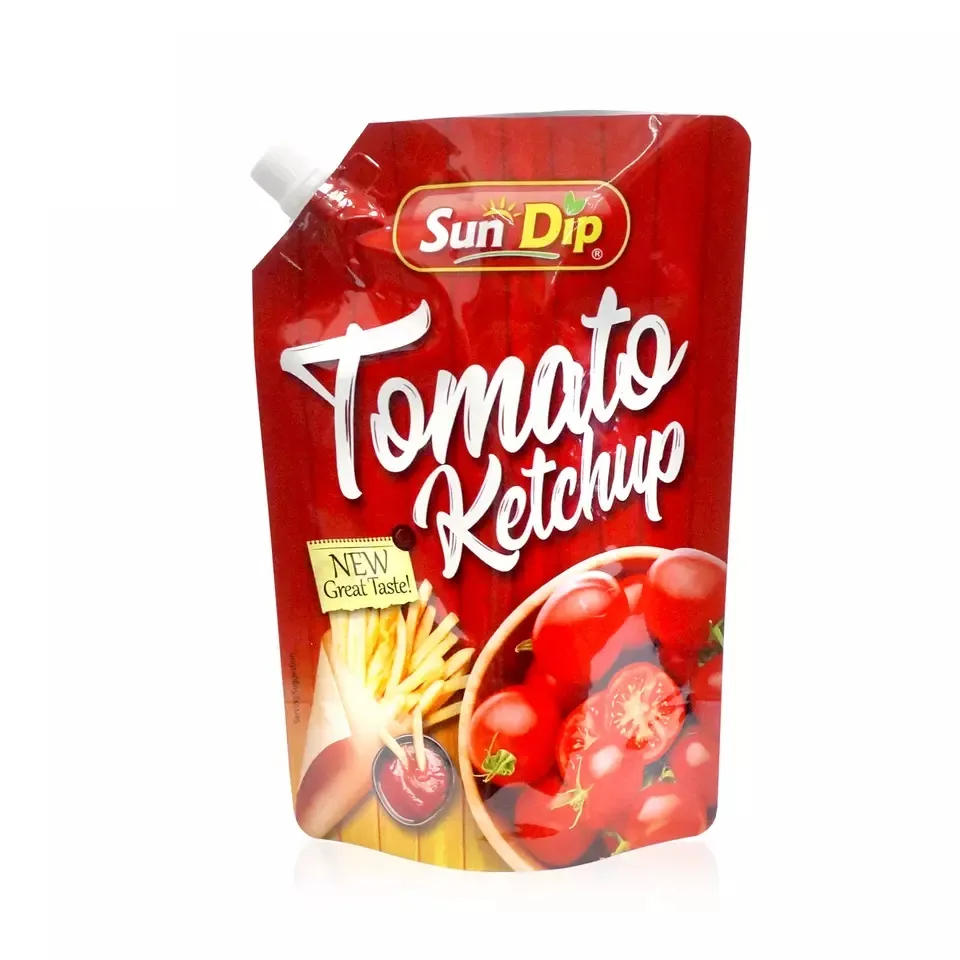- Afrikaans
- Albanian
- Amharic
- Arabic
- Armenian
- Azerbaijani
- Basque
- Belarusian
- Bengali
- Bosnian
- Bulgarian
- Catalan
- Cebuano
- chinese_simplified
- chinese_traditional
- Corsican
- Croatian
- Czech
- Danish
- Dutch
- English
- Esperanto
- Estonian
- Finnish
- French
- Frisian
- Galician
- Georgian
- German
- Greek
- Gujarati
- haitian_creole
- hausa
- hawaiian
- Hebrew
- Hindi
- Miao
- Hungarian
- Icelandic
- igbo
- Indonesian
- irish
- Italian
- Japanese
- Javanese
- Kannada
- kazakh
- Khmer
- Rwandese
- Korean
- Kurdish
- Kyrgyz
- Lao
- Latin
- Latvian
- Lithuanian
- Luxembourgish
- Macedonian
- Malgashi
- Malay
- Malayalam
- Maltese
- Maori
- Marathi
- Mongolian
- Myanmar
- Nepali
- Norwegian
- Norwegian
- Occitan
- Pashto
- Persian
- Polish
- Portuguese
- Punjabi
- Romanian
- Russian
- Samoan
- scottish-gaelic
- Serbian
- Sesotho
- Shona
- Sindhi
- Sinhala
- Slovak
- Slovenian
- Somali
- Spanish
- Sundanese
- Swahili
- Swedish
- Tagalog
- Tajik
- Tamil
- Tatar
- Telugu
- Thai
- Turkish
- Turkmen
- Ukrainian
- Urdu
- Uighur
- Uzbek
- Vietnamese
- Welsh
- Bantu
- Yiddish
- Yoruba
- Zulu
what is eva material
Understanding EVA Material An Overview
EVA, or Ethylene Vinyl Acetate, is a versatile copolymer widely recognized for its softness, flexibility, and durability. This material has found applications in various industries, from footwear and packaging to automotive and medical devices. In this article, we will explore what EVA material is, its properties, applications, and benefits.
What is EVA Material?
EVA is created by polymerizing ethylene and vinyl acetate. It is commonly produced in various formulations, which determine its properties such as density, softness, and flexibility. The proportion of vinyl acetate in the copolymer influences its characteristics significantly; increasing the vinyl acetate content enhances the material's elasticity and transparency.
One of the standout features of EVA is its lightweight nature. EVA foam, for example, is commonly used in products like sports shoes, padding, and various cushioning applications. Its softness makes it suitable for products that require comfort and a degree of shock absorption.
Properties of EVA Material
1. Flexibility and Elasticity EVA is known for its excellent flexibility and elasticity, making it easy to mold into different shapes. This property allows manufacturers to create complex designs for various products.
2. Chemical Resistance EVA demonstrates a good level of resistance to chemicals, including oils and fuels. This characteristic is particularly beneficial in applications related to automotive components and protective coatings.
3. UV Resistance The material exhibits resistance to ultraviolet (UV) radiation, which helps prolong the lifespan of products exposed to sunlight, such as outdoor accessories and solar panels.
4. Water Resistance EVA is inherently water-resistant, making it an ideal choice for products that require waterproofing, such as marine equipment and outdoor footwear.
5. Non-Toxic EVA is considered safe for use in food packaging and children’s toys, as it does not contain harmful chemicals such as phthalates or heavy metals.
Applications of EVA Material
what is eva material

EVA’s unique properties allow it to be used across a range of industries
1. Footwear One of the most common applications of EVA is in the footwear industry. EVA foam is used in shoe insoles and midsoles to provide comfort, shock absorption, and lightweight characteristics. Many athletic shoes incorporate EVA for its ability to enhance performance and reduce fatigue.
2. Packaging EVA is widely used in the packaging industry, particularly in flexible packaging films and protective cushioning for fragile items. Its elasticity allows it to absorb impacts effectively, making it ideal for transporting delicate goods.
3. Automotive In the automotive sector, EVA is used for interior components, sound dampening, and as a protective cover for various parts. Its resilience and durability help in enhancing the overall quality and longevity of automotive products.
4. Medical Applications EVA is utilized in medical devices, such as tubing and bags, due to its biocompatibility and safety. It is also employed in the production of foam used in orthopedic supports and prosthetics.
5. Sports Equipment EVA is often found in sporting goods like mats, kneepads, and helmets due to its excellent shock-absorbing properties.
Benefits of EVA Material
The use of EVA material offers several benefits, including
- Cost-Effectiveness EVA is relatively inexpensive to produce, making it an economical choice for manufacturers. - Versatility Its wide range of properties allows it to be tailored for numerous applications across different industries. - Customization EVA can easily be modified with additives and fillers to enhance its properties, allowing for custom solutions in product development.
Conclusion
In conclusion, EVA material is a highly adaptable and practical copolymer that plays a significant role in various industries. Its unique properties, such as flexibility, durability, and safety, make it an excellent choice for countless applications, from footwear to medical devices. As technology progresses, the potential uses for EVA material may expand, solidifying its importance in modern manufacturing.













